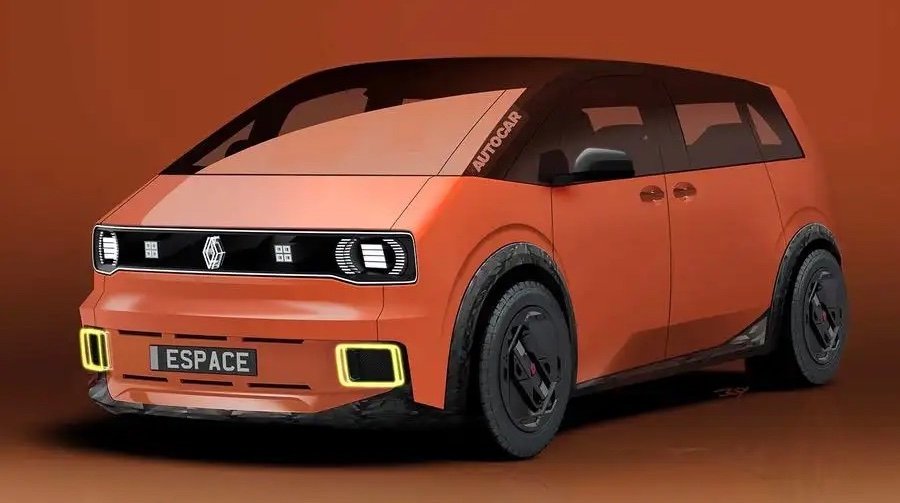Renault is considering reviving the Espace MPV, as the flexibility of the company’s electric car platforms enables it to explore and revisit a range of different bodystyles.
The Espace is currently a stretched seven-seat version of the Austral hybrid SUV, but Autocar understands the name could be redeployed for an electric people carrier that’s truer to the concept – and design – of the original, launched in 1984.
Renault’s global leader for the Ampr Medium platform, Olivier Brosse, told Autocar that a resurrection of the seminal people carrier is “something we are contemplating” as Renault expands its electric car line-up into new segments.
He said: “Technically I think it is possible, but after that we would have to consider if an MPV would be accepted by European customers.”
An electric, seven-seat Espace MPV based on the Ampr Medium architecture (formerly known as CMF-EV) that underpins the Mégane and Scenic electric crossovers would give Renault a rival to the likes of the Volkswagen ID Buzz and Kia EV9. Just as importantly, it could face off against the wave of new Chinese electric MPVs, such as the Maxus Mifa 7, Xpeng X9 and Zeekr Mix.
However, Brosse was keen to point out that an electric MPV would bring with it some fundamental technical challenges.
“I think one technical problem we have is that after the car exceeds 2.0-2.2 tonnes, from a technical perspective it’s mandatory that the car becomes rear-driven,” said Brosse.
He referenced Alliance partner firm Nissan’s Ariya SUV as an example of how far the Ampr Medium platform can go in terms of weight in its current form, saying that an increase above 2000kg would result in a switch to a rear-wheel-drive or four-wheel-drive layout.
However, Brosse also suggested the flexibility of the architecture means the technical constraints aren’t necessarily an inhibitor to expanding the Renault EV portfolio into new segments, saying: “There is no strict policy in Renault.”
“Electric car platforms bring a number of benefits that allow us to optimise internal packaging, and from a design point of view they give you a lot more freedom,” he said.
A new Espace could follow the lead of the forthcoming 5, 4 and Twingo EVs in taking design inspiration from its original namesake, which was defined by its boxy silhouette, short overhangs and aerodynamically optimised steep bonnet and windscreen – features that were inspired by France’s TGV high-speed trains.
Renault hasn’t confirmed plans to bring back any other historic models beyond its three compact EVs, but design boss Laurens van den Acker has previously told Autocar that CEO Luca de Meo finds reinventing classic designs “irresistible”, suggesting more could return as the firm expands its EV portfolio.
“I think at this time when there’s so much insecurity in the world, where there are many dark clouds hanging left, right and centre, to make a few cars that really talked about the good times – and the times when the brand was alive – and stir all these positive emotions that people have [is a good thing],” said van den Acker.

